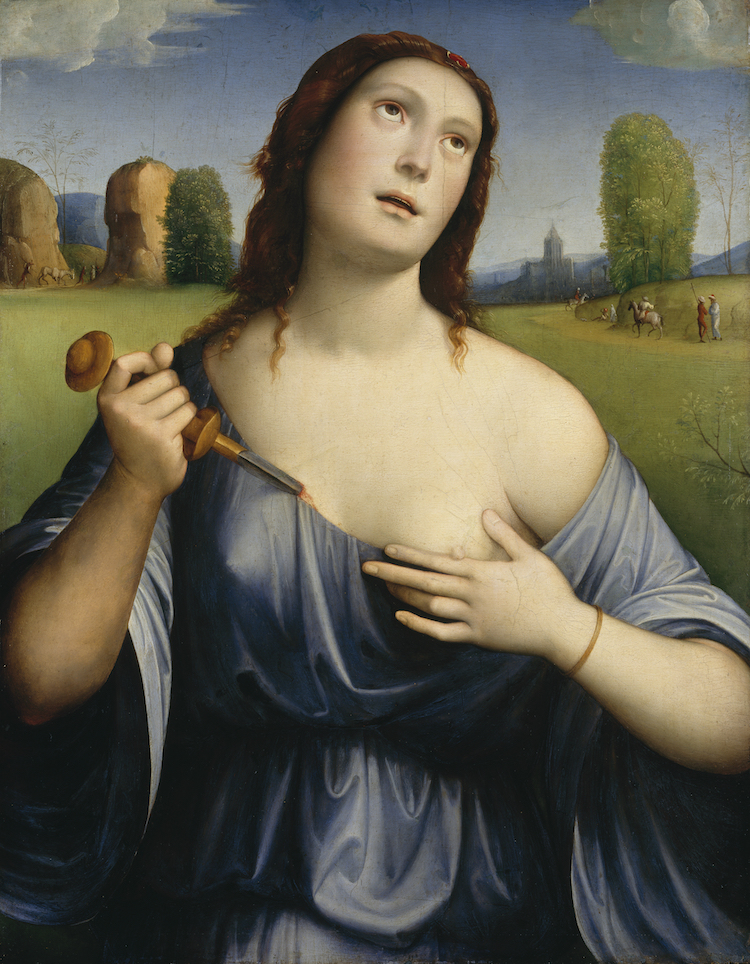HAU44029/30 The Idea of Painting in Seventeenth Century Europe

This course takes its title from ‘Idea’, the introductory essay to Giovanni Pietro Bellori’s Le Vite de’ Pittori, Scultori et Architetti Moderni of 1672. In this text Bellori developed the theory of an idealist form of painting, founded on naturalism, but drawing eclectically on the art of classical antiquity and the Renaissance to produce an elevated style that transcended realism. This made painting, according to Bellori, the suitable vehicle for exalted religious or philosophical content. Through a discriminating selection of artistic biographies, he described an idealist pictorial tradition beginning with the Bolognese artist Annibale Carracci, developing through his follower Domenichino, and culminating in the art of Nicolas Poussin. Caravaggio, Guido Reni, Guercino, Rubens and Van Dyck all played a role in Bellori’s scheme: all artists, who with Domenichino and Poussin, are represented in the collection of the National Gallery of Ireland. However, Bellori’s history excluded some of the most important art of the Seventeenth Century notably the Dutch art of Rembrandt and Vermeer, and the Spanish art of Velasquez and Murillo. These strategies of inclusion and exclusion will guide the analysis of painting’s relationship with power, piety and society, while also exploring the characteristic concern with style of the so-called Baroque period. In Michaelmas Term we will explore the painters included in the Vite, and related paintings and drawings in the National Gallery of Ireland, while in Hilary Term we will examine those painters excluded by Bellori, in order to engage with alternative traditions of painting.
- Module Organisers:
- Dr Benjamin Thomas
- Duration:
- Semesters 1 and 2
- Contact Hours:
- 2-hour seminar per week
- Weighting:
- 20 (10 + 10) ECTS
- Asessment:
- Continuous assessment (50%) and examinations (50%)
Learning Outcomes:
Upon the successful completion of this module students should be able to:
- Gain an in-depth knowledge of the seventeenth-century paintings in the collection of the National Gallery of Ireland through teaching in the gallery.
- Acquire an excellent understanding of the art of key seventeenth-century artists like Caravaggio, the Carracci, Guido Reni, Guercino, Rubens, Van Dyck, Poussin, Murillo, Rembrandt and Vermeer.
- Be able to relate the visual analysis of paintings to the art theoretical concerns of seventeenth-century art historians and critics.
- Put paintings into a social, political and religious context that allows them to develop historical interpretations of art works.

